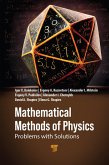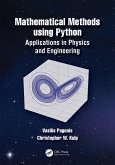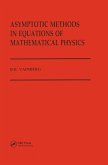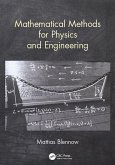This book will allow readers to reproduce and replicate the data and experiments often found in physics textbooks, with a stronger foundation of knowledge. While investigating these subjects, readers will follow a step-by-step introduction to computational algorithms for solving differential equations for which analytical solutions are often challenging to find. For computational analysis, features of Microsoft Excel® including AutoFill, Iterative Calculation, and Visual Basic for Applications are useful to conduct hands-on projects. For the visualization of computed outcomes, the Chart output feature can be readily used. There are several first-time attempts on various topics introduced in this book such as 3D-like graphics using Euler's angle and the behavior of wave functions of harmonic oscillators and hydrogen atoms near the true eigenvalues.
Dieser Download kann aus rechtlichen Gründen nur mit Rechnungsadresse in A, B, BG, CY, CZ, D, DK, EW, E, FIN, F, GR, HR, H, IRL, I, LT, L, LR, M, NL, PL, P, R, S, SLO, SK ausgeliefert werden.









